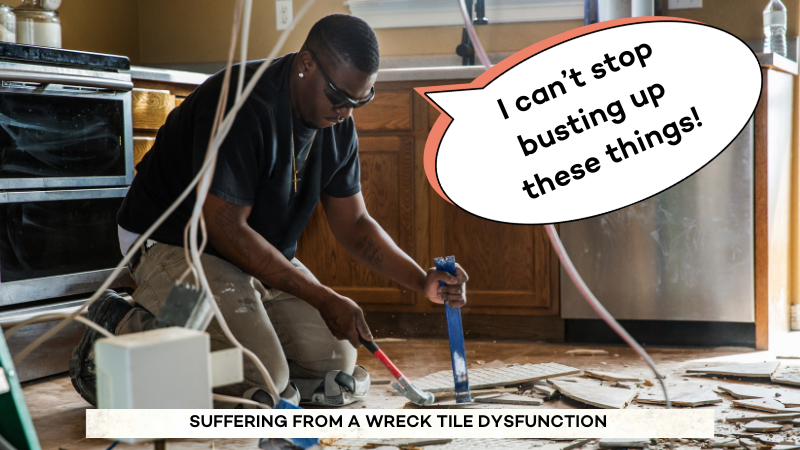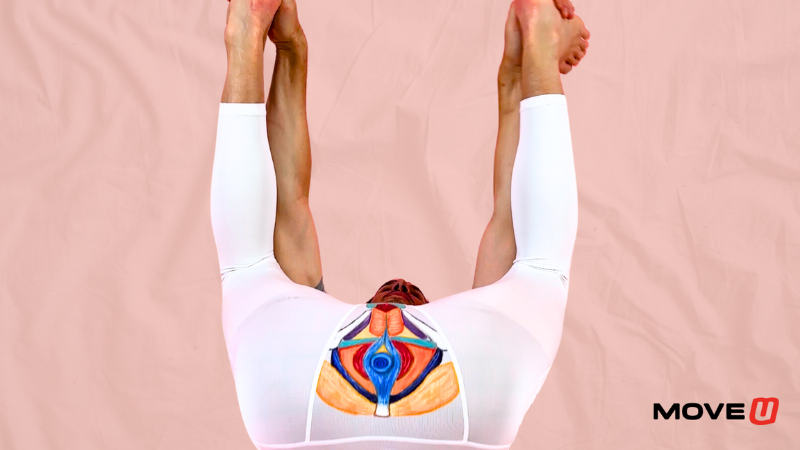
Pelvic Floor Dysfunction: Exercises for Your Male Bits
ATTENTION MEN: how’s it going “down there”? And by down there we mean your male bits. We can’t believe how many people don’t understand erectile dysfunction. Seriously, it’s not that hard.
But here’s the thing—women, we should also understand a bit more about each other's so-called "taboo" parts! These discussions shouldn’t be off-limits. Let’s normalize talking about both male and female pelvic health. Understanding how pelvic floor dysfunction happens, and learning ways to address it, is something we can all benefit from.
Discover what your pelvic floor is, how pelvic floor dysfunction happens, as well as some ways to fix these issues below!
The Anatomy of the Male Pelvic Floor: The Functional Bits
Your pelvic floor is a network of muscles, ligaments, and connective tissues located at the base of your pelvis.
These muscles relax (or should!) when you pee, poop, and pass gas. They also keep you from taking a whiz in your britches when your bladder is too full (we all know the muscle contraction required when we’ve just GOT to GO but aren’t near a bathroom!)

Male Pelvic Floor: The Sexy Bits
A functional pelvic floor is crucial for healthy ejaculation and the ability to “get it up”, which means more sexual satisfaction both for you and for your partner.
Male Pelvic Floor: The Athletic Bits
As part of your overall core, a strong healthy pelvic floor helps maintain good posture and optimal athletic performance.
According to this PubMed article, pelvic floor dysfunction is more common among men than it might seem.
Common Symptoms of Pelvic Floor Dysfunction

Here are some common symptoms that indicate you may be experiencing pelvic floor dysfunction:
- Pelvic/tailbone pain
- Hemorrhoids
- Low back pain
- Abdominal pain/ache
- Testicular pain, groin pain, and/or hip pain
- Penile pain
- Burning pain - in pelvic area, perineum, urethra, penis
- Pain prior, during, and/or after ejaculation
- Urinary frequency
- Weak urinary stream or difficulty starting urination
- Constipation/diarrhea
- Pain with bowel movements
Exercises for Pelvic Floor Dysfunction

What’s a man with pelvic floor dysfunction to do? Well, kegels aren’t just for the ladies!
Crunches were the go-to core exercise for helping with pelvic floor issues for a long time, but most people are becoming aware that there’s a lot more to a strong core than just six pack abs.
Think of your “core” like a box: abdominals are in front, the obliques form the sides, the diaphragm is on the top, the back is - well - the back, and your pelvic floor is the bottom.
To truly have a strong core, you must also have a strong and supple pelvic floor!
Kegels
Here’s how to kegel. Before you start your Kegel exercises, make sure to urinate so your bladder is empty. Then follow these steps:
- Contract your pelvic floor muscles. These are the same muscles used to stop urine flow. The pelvic floor is like a sling or hammock. This contraction will feel like an “up and in'' squeeze. Start with a 5 second hold. Do not hold your breath while you do this. Exhale as you contract, inhale as you relax. Keep your abdominals and glutes relaxed.
- Slowly and completely relax the contraction. Imagine an elevator descending from the top floor to the ground floor.
- Repeat this process for 3-5 rounds of 10 reps. As you progress, increase the time you hold and rest your pelvic floor muscles. Do this until you’re contracting and resting for 10 seconds each. Remember to breathe.
A Key Note: The Differences Between Pelvic Floor Weakness and Tightness
Keep in mind that pelvic floor weakness is one end of the spectrum. Chronic pelvic floor tightness is the other.
Those unable to fully relax the pelvic floor may not benefit from kegels and for some, kegels may make symptoms worse.
For extreme cases, you may benefit from seeing a male pelvic floor specialist/therapist. However, not everyone has that access. That’s where we come in!
What to do next:
For more information and a glimpse into our Pelvic Floor program, check out this video from our own in house pelvic floor specialist, Dr. Brittney Ellers.
Then, join the MoveU Membership to get access to all our programs for a stronger, more aligned and functional body!
